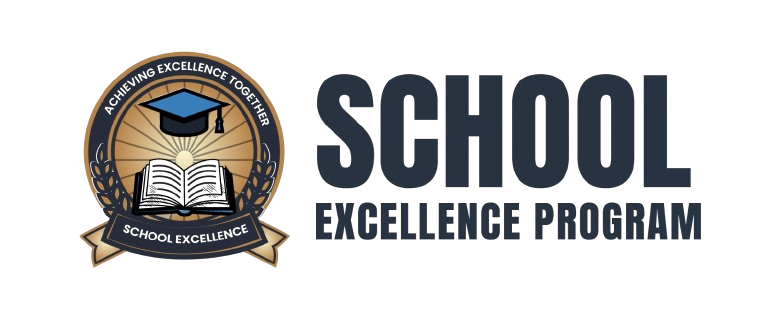Why Some Schools Excel and Others Struggle — The Unspoken Truth
In today’s rapidly evolving educational landscape, some schools consistently stand out as centers of excellence, while others struggle to keep pace. What sets high-performing schools apart? Is it funding, infrastructure, or location? While these factors play a role, the real difference lies in strategic planning, leadership, and the ability to adapt to changing educational needs.
The Key Differences Between Successful and Struggling Schools
1. Visionary Leadership and Strategic Planning
Top-performing schools have strong leadership that sets clear goals and executes well-structured plans. They prioritize academic excellence, student well-being, and teacher development, ensuring that every decision aligns with their long-term vision. In contrast, struggling schools often lack direction, reacting to challenges rather than proactively planning for success.
2. Teacher Training and Professional Development
A school is only as strong as its educators. Successful schools invest in continuous teacher training, ensuring that educators stay updated with modern teaching methodologies, technology integration, and student engagement techniques. Struggling schools, on the other hand, may neglect professional development, leading to outdated teaching methods and disengaged students.
3. Student-Centric Learning Approach
The best schools focus on holistic education, fostering not just academic growth but also creativity, critical thinking, and emotional intelligence. They provide extracurricular activities, leadership programs, and skill-building workshops to prepare students for the real world. Schools that lag often focus solely on rote learning, leaving students unprepared for future challenges.
4. Effective Communication with Parents and Stakeholders
Parental involvement is a crucial factor in student success. High-achieving schools maintain transparent communication with parents through regular meetings, progress reports, and interactive sessions. In contrast, schools that struggle often fail to establish strong parent-school partnerships, leading to dissatisfaction and lack of trust.
5. Embracing Technology and Innovation
Leading schools integrate technology-driven learning solutions, such as smart classrooms, AI-based assessments, and digital tools, to enhance learning outcomes. Schools that resist technological advancements often find themselves falling behind in student engagement and academic performance.
The Role of the School Excellence Program
The School Excellence Program is designed to bridge the gap between struggling schools and high-performing institutions. It provides a structured framework to improve academic planning, teacher training, student engagement, and operational efficiency. Schools that adopt this program experience higher admissions, better parent satisfaction, improved teacher morale, and sustainable growth.
Final Thoughts
Excellence in education isn’t just about resources—it’s about strategy, leadership, and continuous improvement. Schools that embrace innovation, empower their educators, and prioritize student growth will always be ahead. If your school is facing challenges, it’s time to take action. Implementing structured excellence programs can turn your school into a leader in education.
Are you ready to transform your school’s future? The journey to excellence starts today.

